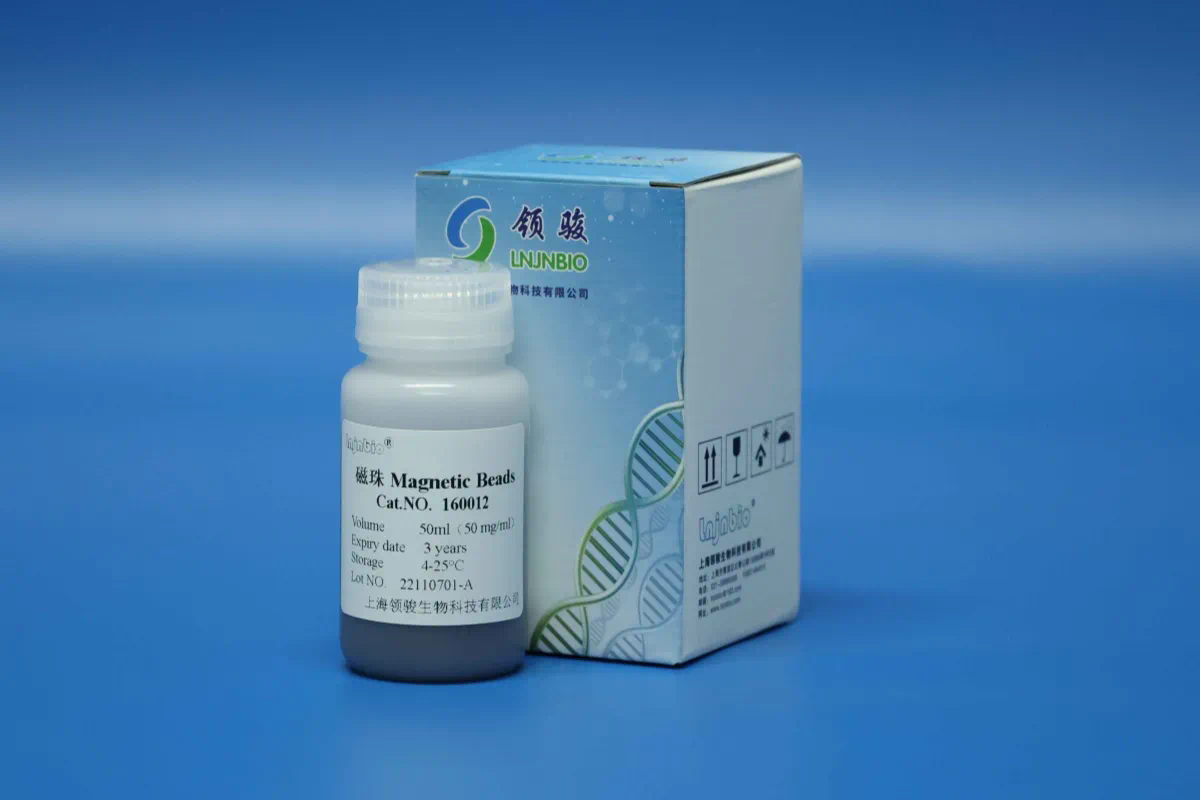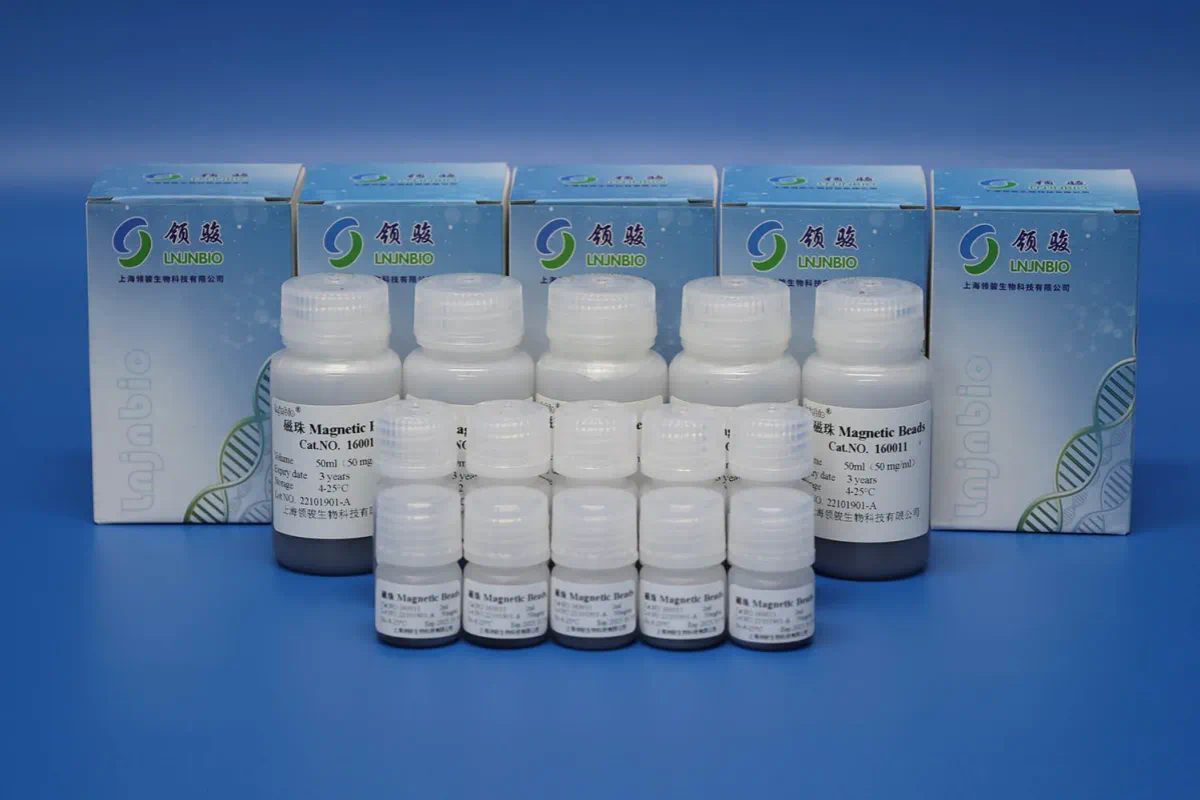DNA extraction is a fundamental process in molecular biology, crucial for various applications ranging from genetic research to forensic analysis. Understanding the reagents used in DNA extraction is essential for optimizing the procedure and ensuring high-quality results. This comprehensive guide delves into the various reagents used in DNA extraction, their functions, and their impact on the efficiency and purity of the extracted DNA.
Overview of DNA Extraction Reagents

DNA extraction involves the separation of DNA from proteins, lipids, and other cellular components. The effectiveness of this process depends largely on the reagents used. These reagents can be broadly categorized into lysis buffers, precipitation agents, wash buffers, and elution buffers. Each category plays a distinct role in the extraction process, contributing to the purity and yield of the DNA.
Lysis Buffers
Lysis buffers are crucial in the initial step of DNA extraction. Their primary role is to break down cell membranes and release the DNA into solution. These buffers typically contain a combination of detergents, salts, and enzymes.
Detergents such as sodium dodecyl sulfate (SDS) and Triton X-100 are used to disrupt lipid bilayers of cell membranes. SDS, a strong anionic detergent, solubilizes membrane proteins and lipids, ensuring that the DNA is freed from the cellular matrix. Triton X-100, a non-ionic detergent, is milder and often used in protocols that require a gentler approach.
Salts such as sodium chloride (NaCl) and potassium chloride (KCl) help to maintain osmotic balance and stabilize the DNA during extraction. They also help to neutralize charges on the DNA, preventing it from aggregating.
Enzymes like proteinase K are employed to digest proteins that are bound to the DNA. Proteinase K is a broad-spectrum protease that breaks down proteins, making the DNA more accessible for subsequent steps.
Precipitation Agents
After lysing the cells, the next step is to precipitate the DNA from the solution. This is typically achieved using alcohols such as ethanol or isopropanol.
Ethanol is used in a 70-100% concentration to precipitate DNA. The high concentration of ethanol reduces the solubility of DNA, causing it to form visible strands that can be spooled onto a pipette or rod. Ethanol is preferred for its efficiency and the relatively high yield of DNA it provides.
Isopropanol, on the other hand, is used in a similar manner to ethanol but is less dna extraction reagent polar, which can sometimes result in higher purity DNA. It is often used in protocols where ethanol precipitation is not suitable or where a higher concentration of DNA is required.
Wash Buffers
Once the DNA has been precipitated, it is necessary to remove any residual contaminants and salts. This is achieved using wash buffers, which typically contain ethanol or isopropanol along with a small amount of salt.
Wash buffers help to remove impurities that could affect the quality of the final DNA preparation. These buffers are usually prepared with a concentration of ethanol or isopropanol in combination with a mild salt solution. The washing step ensures that the DNA is clean and free from contaminants that could interfere with downstream applications.
Elution Buffers
The final step in the DNA extraction process involves eluting the DNA from the precipitate. This is achieved using elution buffers, which are designed to dissolve the DNA and make it available for further use.
Elution buffers typically contain low salt solutions or Tris buffer, which helps to solubilize the DNA without introducing contaminants. The choice of elution buffer can impact the final concentration and purity of the DNA. Tris-buffered solutions are commonly used as they maintain a stable pH and provide a suitable environment for the DNA.

Impact of Reagents on DNA Quality and Yield
The choice and quality of reagents used in DNA extraction have a significant impact on the overall yield and purity of the extracted DNA. Each reagent must be carefully selected and optimized based on the specific requirements of the extraction protocol.

Quality of Reagents: Using high-quality, well-prepared reagents ensures that the extraction process is efficient and the DNA obtained is of high quality. Contaminants or impurities in reagents can lead to incomplete lysis, poor DNA yield, or contamination of the final product.
Optimization: The concentration and composition of reagents must be optimized for different types of samples and extraction protocols. For instance, plant tissues or bacterial cells may require different lysis conditions compared to animal tissues.
Protocol Adjustments: Protocols may need adjustments based on the specific reagents used. For example, the concentration of ethanol or isopropanol in precipitation steps can affect the yield and purity of the DNA. Similarly, the composition of wash buffers can influence the removal of contaminants.
Conclusion
In summary, DNA extraction is a complex process that relies heavily on the choice and application of various reagents. Lysis buffers, precipitation agents, wash buffers, and elution buffers each play a critical role in ensuring the efficient extraction of high-quality DNA. Understanding the functions and impacts of these reagents allows for the optimization of DNA extraction protocols, leading to better outcomes in research and diagnostic applications. As techniques and technologies continue to evolve, ongoing advancements in reagents and methods will further enhance the efficiency and accuracy of DNA extraction processes.
https://iflatiron.com/





